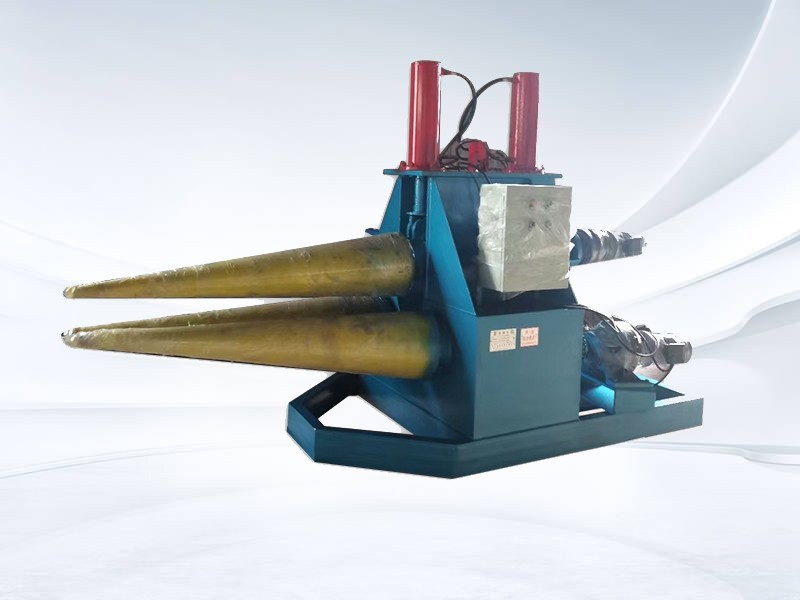

There are various factors that affect the cutting temperature of the cone rolling machine, and these factors collectively affect the cutting area, leading to changes in cutting temperature. The following is a detailed analysis of these factors:
The cutting speed is the most important factor affecting the cutting temperature of the cone rolling machine. When the cutting speed increases, the amount of metal involved in deformation per unit time increases, the power consumption increases, friction and plastic deformation intensify, the heat generated increases, and the heat dissipation time decreases, resulting in a significant increase in cutting temperature. When the feed rate increases, the thickness of the cutting layer increases, and the heat generated also increases accordingly. However, compared to cutting speed, increasing the feed rate has a smaller impact on heat dissipation, so the temperature rise is relatively small. The effect of back cutting amount on cutting temperature is relatively small. This is because the change in the amount of back cutting has a limited impact on the heat dissipation area, so the temperature change is not significant.
The higher the strength and hardness of the workpiece material, the more work is consumed during cutting, and the more cutting heat is generated. Therefore, the cutting temperature of the cone rolling machine is higher. The higher the thermal conductivity of the workpiece material, the more heat is transferred through the chips and workpiece, and the faster the cutting temperature decreases. On the contrary, materials with low thermal conductivity are less likely to dissipate cutting heat and have relatively high cutting temperatures.

Increasing the rake angle of the tool can reduce cutting deformation, thereby reducing heat generation. Meanwhile, increasing the rake angle can also improve the heat dissipation conditions, which is beneficial for reducing the cutting temperature of the cone rolling machine. But when the current angle exceeds a certain range (such as 18 °~25 °), the heat dissipation conditions become worse due to the reduction of the tool wedge angle, and the influence of the rake angle on the cutting temperature will weaken. The reduction of the main deviation angle will increase the working length of the cutting edge and the tip angle, thereby improving the heat dissipation conditions and reducing the cutting temperature.
After the tool wears out, the cutting edge becomes dull, which will intensify the friction and deformation during the cutting process, leading to a sharp increase in the cutting temperature of the cone rolling machine. Therefore, the wear of the cutting tool has a significant impact on the cutting temperature.
 Address:Room 1202, Detaitang Building, No. 118 Huaguang Road, Zhangdian District, Zibo, Shandong
Address:Room 1202, Detaitang Building, No. 118 Huaguang Road, Zhangdian District, Zibo, Shandong WhatsApp:+8615653328535
WhatsApp:+8615653328535 Wechat: +8615965331535
Wechat: +8615965331535  E-mail:zs@sdsmachinery.com
E-mail:zs@sdsmachinery.com